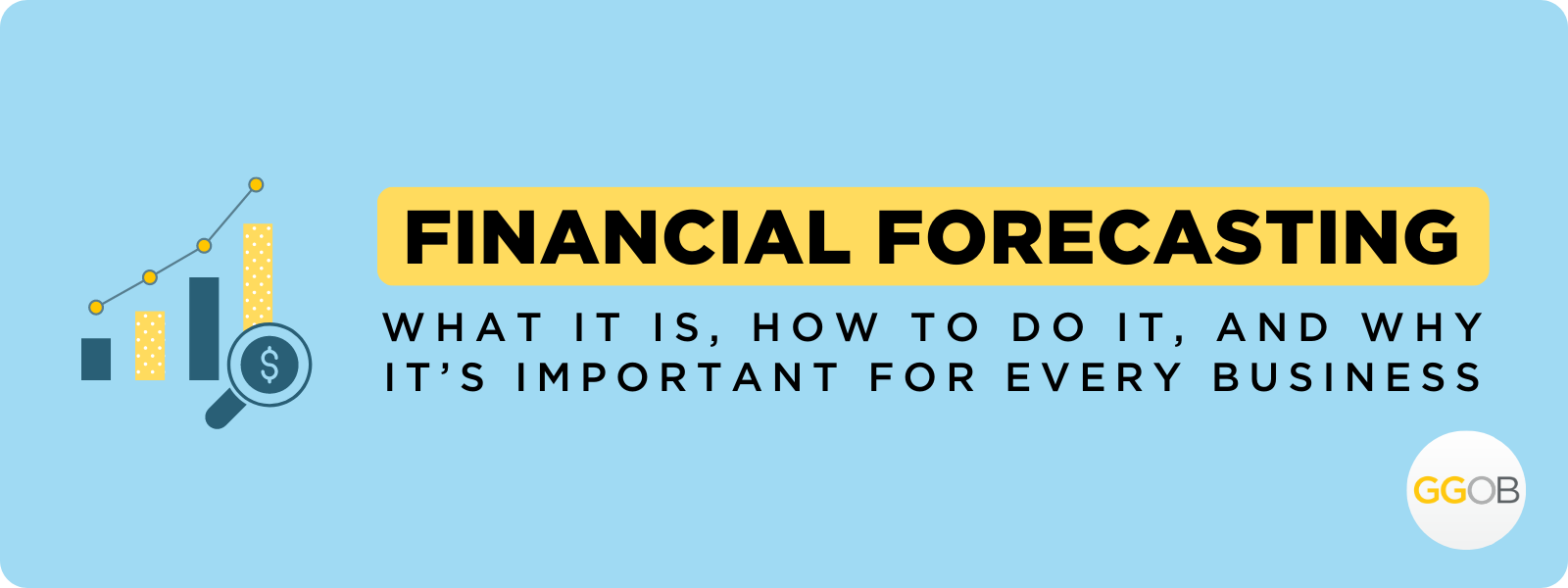How to Get Extra Year Section 199A Deductions

Table of Contents
 Operate your small business or real estate venture as a partnership or S corporation? You can probably get an extra year Section 199A deduction by changing from a calendar year to a fiscal year. Or for a new business by adopting a fiscal year.
Operate your small business or real estate venture as a partnership or S corporation? You can probably get an extra year Section 199A deduction by changing from a calendar year to a fiscal year. Or for a new business by adopting a fiscal year.
You will probably need your tax accountant’s help to do this. And you need to plan now for making this change. Or setting up the initial fiscal year correctly. But the extra year Section 199A deduction tax savings? Pretty substantial if you have a successful small business. And definitely worth considering…
Section 199A Deduction Ends for Most Taxpayers in 2025
Some quick background to start. Section 199A ends for most people at the end of 2025. But that’s because most small businesses and investors use a calendar year for their accounting.
Two things to know here. First, the actual law doesn’t say the deduction ends at the end of 2025. Rather, the law says the deduction ends for taxable years beginning after 2025. That’s why using the calendar year for your accounting—a calendar year starts on January 1—works.
Second thing to know: Most partnerships and S corporation can use or change to using another accounting, or fiscal, year. For example, most new partnerships and S corporations can use a fiscal year that starts on December 1 and ends on November 30. And many existing partnerships and S corporations can get the IRS’s permission to change to a fiscal year if the business shows seasonality in its gross receipts.
Extra Year Section 199A Deduction: Big Picture
Thus, the obvious tactic: You start a new partnership or S corporation and adopt a fiscal year. Or if possible, you change the fiscal year of an existing partnership or S corporation.
Say for purposes of illustration that a fiscal year starts on December 1 and ends on November 30. For the fiscal year that starts on December 1, 2025 and ends on November 30, 2026? Voila. You will get Section 199A deductions on essentially eleven months of business income earned in 2026.
Mechanically How This Works
You adopt an initial fiscal year or change your existing fiscal year by filing some paperwork with the IRS.
The paperwork you file depends on the method you use for establishing your fiscal year. But the simplest method, mechanically, requires you or your accountant to file a Form 8716 when you set up a new partnership or S corporation and as part of that process adopt an annual accounting period. A more complicated method works for some existing partnerships or S corporations and requires you or your accountant to file a Form 1128 and show your business’s gross receipts display seasonality.
You can and probably should file this paperwork soon. A Form 8716 that adopts a fiscal year needs to be filed for a new business before you establish another taxable year. A Form 1128 needs to be filed at the end of the first requested fiscal year.
Thus, talk to your accountant now. Adopting the initial fiscal year or making a change in a fiscal year of an existing partnership or S corporation will take time and require thinking. Given the shortages of accountants and the understaffing and processing delays at the Internal Revenue Service, you probably risk losing this opportunity if you wait.
Extra Year Section 199A Deduction Tax Savings
Roughly, you save from five to eight percent of the business income that appears on the K-1 you receive from a partnership or S corporation.
For example, a married partner or S corporation shareholder who receives $100,000 to $300,000 of business income from a partnership or S corporation probably saves between $5,000 and $15,000.
As another example, a married partner or S corporation shareholder who receives $300,000 to $600,000 of business income probably saves between $20,000 and $40,000.
Someone married with income above these amounts saves federal income taxes equal to roughly 8% of their income. At $1,000,000 of business income, the savings equal $80,000. At $10,000,000, the savings equal $800,000.
But note: The savings occur only for one year. And probably only on the income shown in box 1 of your K-1.
Thus, probably firms with business income falling under $100,000 shouldn’t do this. You and your accountant will go to extra work to “do” the fiscal year thing. The juice won’t be worth the squeeze if savings are modest.
Extra Year Section 199A Deduction Loophole Risks
The tactic described here really isn’t a loophole or “too clever by half” reading of the law.
The tactic described here relies on the last line of the Section 199A law. That chunk of the law says Section 199A “shall not apply to taxable years beginning after December 31, 2025.”
However, Congress could change that part of the law. For example, it could decide to terminate Section 199A earlier.
If Congress extends the termination date of Section 199A, you may not need to do the fiscal year thing to get a Section 199A deduction on 2026 business income. So that’s also a risk of pursuing this tactic.
Probably the biggest risks though: waiting so late that you lose the chance to adopt a fiscal year for a new partnership or S corporation. Or waiting so late that your tax accountant doesn’t have time to prepare your paperwork for changing your taxable year. Or finding you’ve waited so late that the IRS doesn’t have time to process your paperwork.
You should also know that if the IRS audits the partnership, the S corporation, or an owner? Or if the entity or an owner is involved in a appeals hearing or a tax court case—or anything like this—that may sabotage or blow up an entity’s ability to change the fiscal year in time to get an extra year of deductions.
Next Steps and Tips If You Need Help
If you’re a tax accountant exploring this tactic, you probably want to brush up on the ways Sections 199A, 442 and 444 work. Another blog post here, Section 199A(i) fiscal year change, and here, Section 199A(i) Fiscal Year Charge FAQ, may be useful as you start your refresh.
If you’re a taxpayer, again, you want to talk to your accountant ASAP. Get on her or his schedule to explore and possibly handle the paperwork.
If you’re a taxpayer but don’t have an accountant to do this work, you can reach out to our firm. We can do a consultation in many situations. And we also have time to do a limited number of fiscal year change engagements. And we might be able to do yours.
Note to people who may want our help: Please do not telephone. Please use the contact form. Also in your query indicate whether you’ve filed your first partnership or S corporation tax return or not, what accounting software you use (for example, QuickBooks, Xero, etc.), and whether your business generates most of its revenue during a two or three month “high season.” We should respond quickly with an indication of whether we can help.







